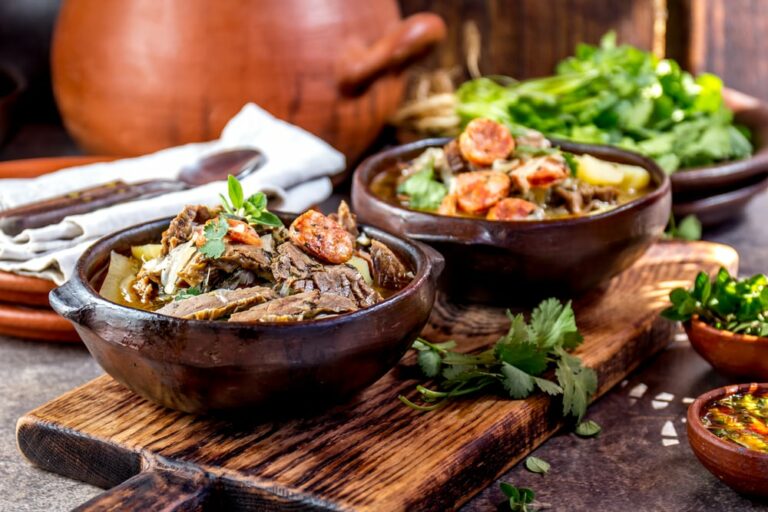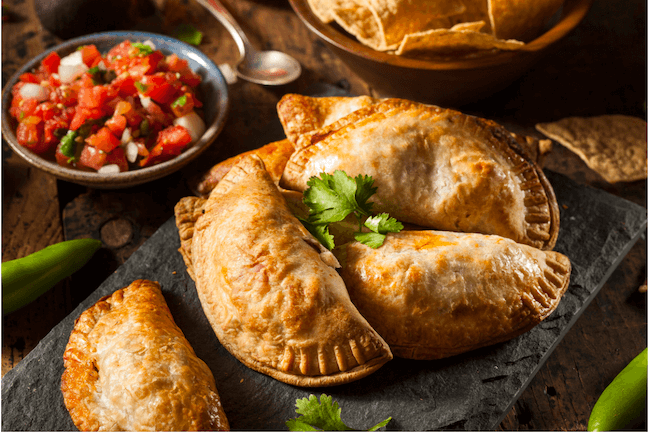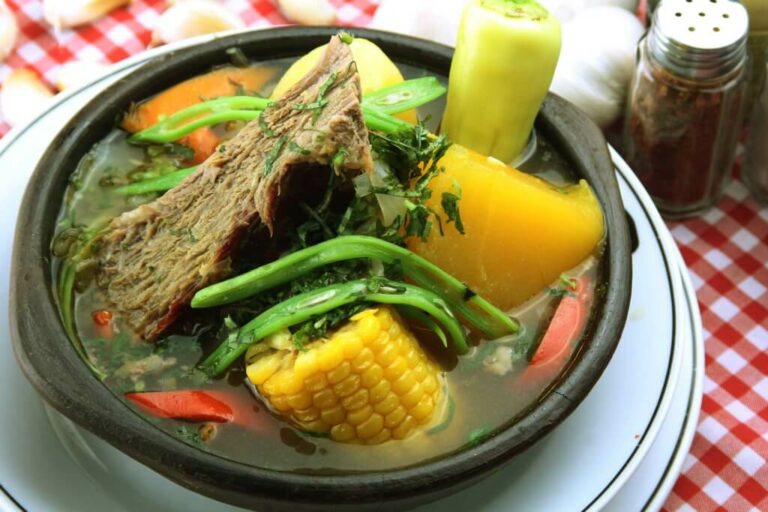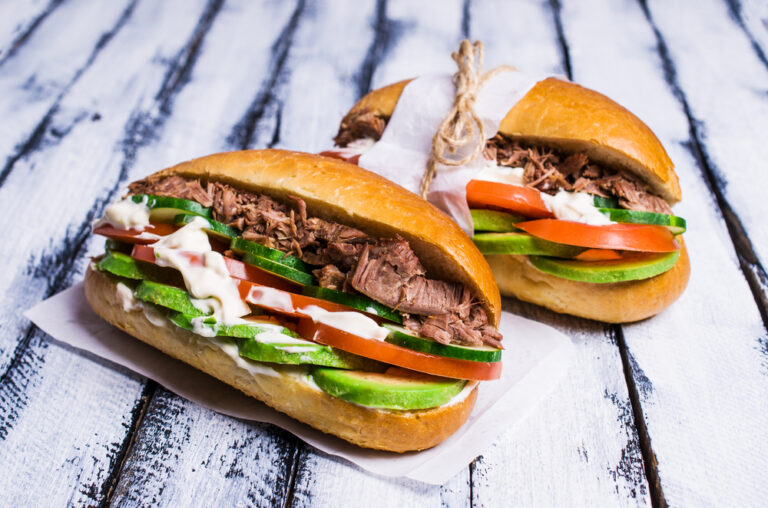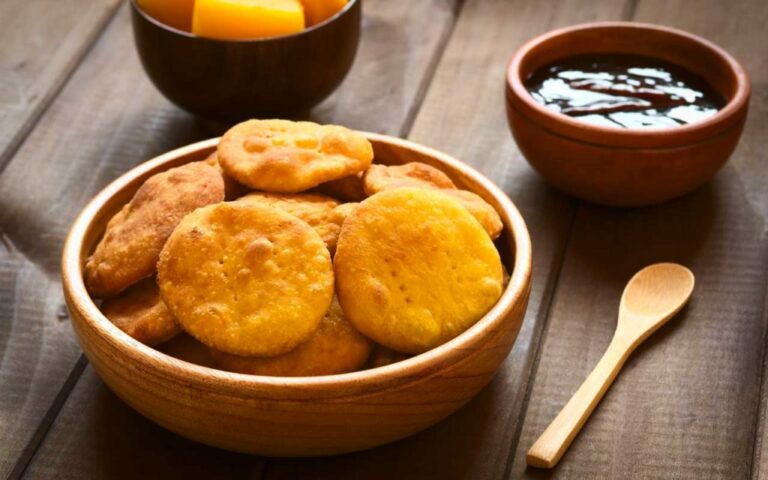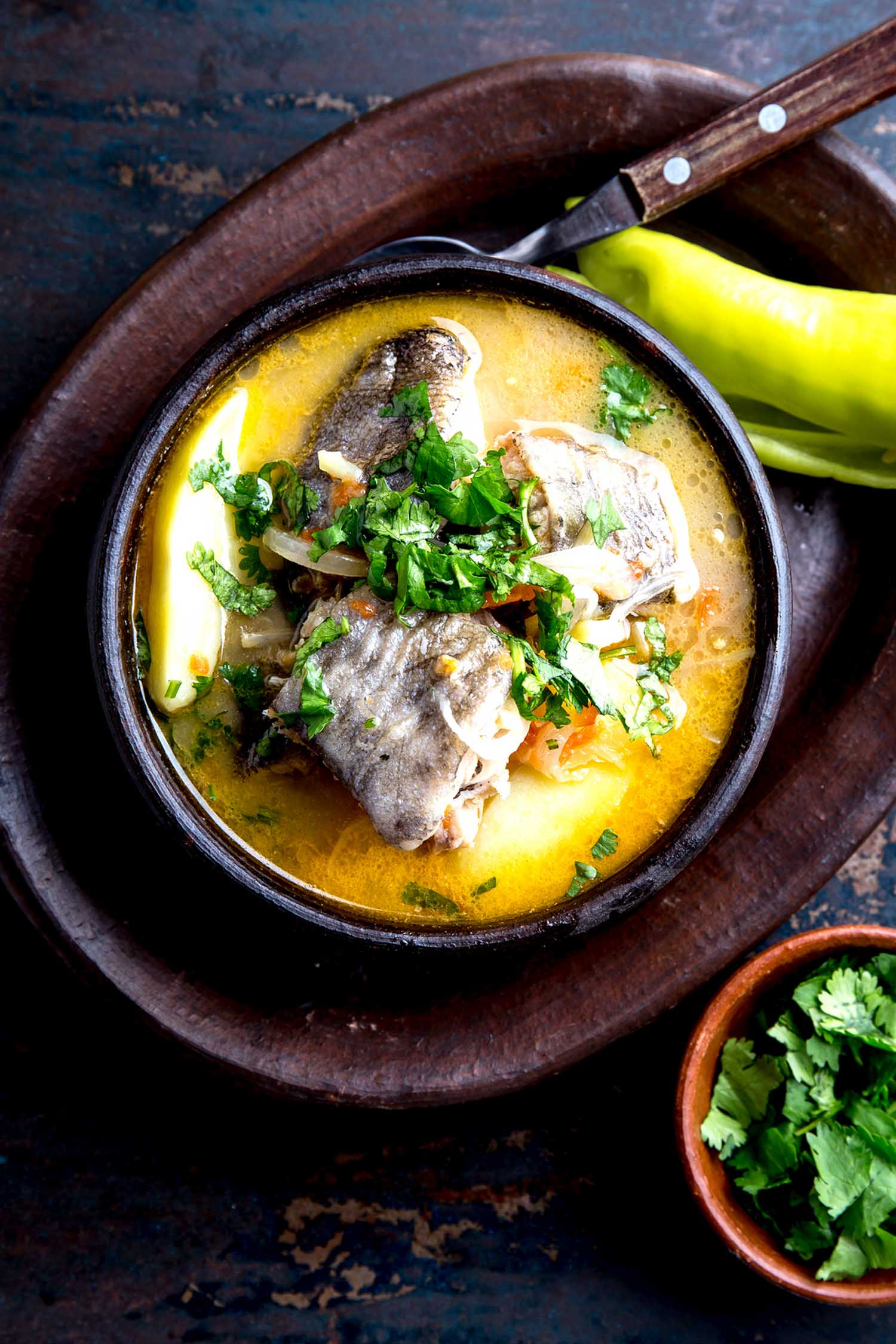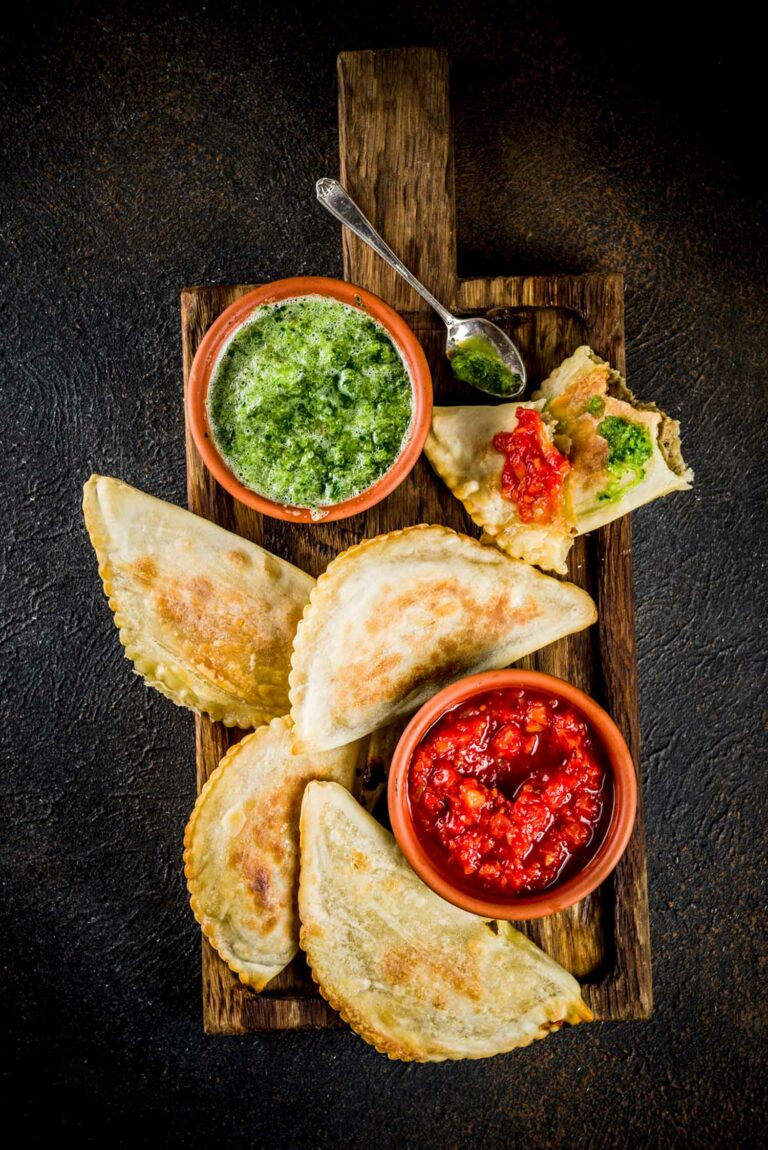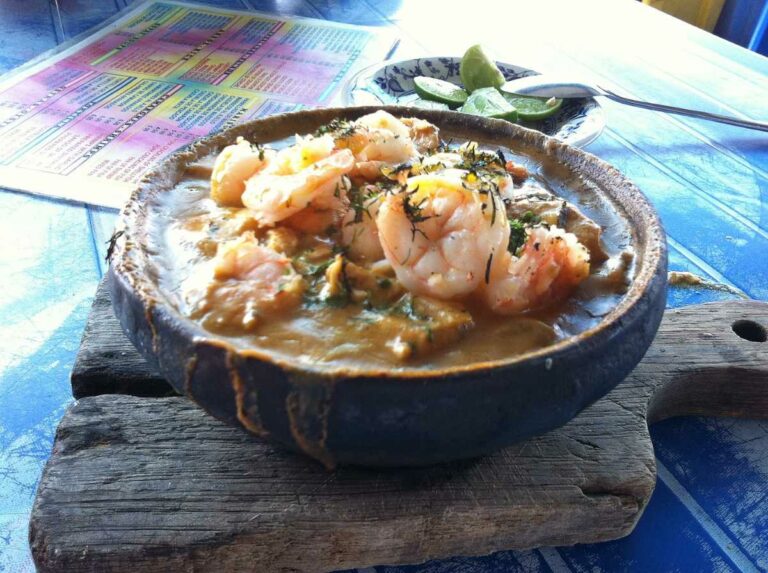Introduction: Discovering Chilean cuisine
Chilean cuisine is a reflection of the country’s diverse cultural heritage. This South American country’s cuisine is a mix of indigenous, Spanish, and other European influences. Chilean cuisine features a wide range of dishes that are worth trying, from savory pies to hearty stews, succulent barbecues, and refreshing beverages.
Empanadas: A staple of Chilean cuisine
Empanadas are a must-try dish when in Chile. These savory pastries are a staple of Chilean cuisine and are filled with meat, cheese, and vegetables. Empanadas are typically baked or fried and are perfect for a quick snack or a full meal. The most common type of empanada in Chile is the empanada de pino, which is filled with beef, onions, raisins, and olives.
Pastel de Choclo: A savory corn pie
Pastel de Choclo is a savory pie made with a filling of ground beef, onions, chicken, and black olives, topped with a layer of pureed sweet corn. This dish is popular throughout Chile and is typically served as a main course. Pastel de Choclo is a perfect comfort food on a cold day and is best enjoyed with a glass of Chilean red wine.
Cazuela: A traditional Chilean stew
Cazuela is a traditional Chilean stew that is made with beef, chicken, or pork, along with vegetables such as potatoes, carrots, and corn on the cob. This hearty stew is perfect for a cold winter day and is typically served with rice or bread. Cazuela is a classic Chilean dish that is a favorite among locals and is a must-try for visitors.
Asado: The Chilean BBQ experience
Asado is a Chilean-style barbecue that is a popular way to enjoy meat with family and friends. Asado typically involves grilling various cuts of meat, including beef, pork, and chicken. The meat is marinated in a mixture of spices and herbs before being grilled over hot coals. Asado is a social event that brings people together to enjoy good food and company.
Curanto: A seafood lover’s dream dish
Curanto is a traditional Chilean dish that is popular in the southern part of the country. This dish is a seafood lover’s dream and typically consists of a mixture of shellfish, fish, and meat, along with vegetables such as potatoes and onions. Curanto is typically cooked in a hole in the ground, which is lined with hot stones and covered with leaves. This cooking method gives the dish a unique flavor and aroma that is sure to delight your taste buds.
Completo: The ultimate Chilean hot dog
Completo is a Chilean-style hot dog that is loaded with toppings such as chopped tomatoes, sauerkraut, mayonnaise, and avocado. This hot dog is a popular street food in Chile and is typically enjoyed as a quick snack or a light meal. Completo is a must-try dish for hot dog lovers and is a unique twist on a classic dish.
Chicha: A refreshing beverage to try
Chicha is a refreshing beverage made from fermented fruit juice, typically made from apples or grapes. This drink is a popular alternative to beer or wine and is perfect for those who prefer a sweeter beverage. Chicha is a traditional drink in Chile and is typically enjoyed during the summer months. This refreshing and tasty beverage is a must-try when in Chile.
In conclusion, Chilean cuisine is a reflection of the country’s diverse cultural heritage, and it boasts a wide range of dishes that are worth trying. Whether you are a meat lover, seafood fan, or enjoy a sweet beverage, Chilean cuisine has something to offer for everyone. The above-mentioned dishes are just a few of the many mouth-watering dishes you can enjoy in Chile.

